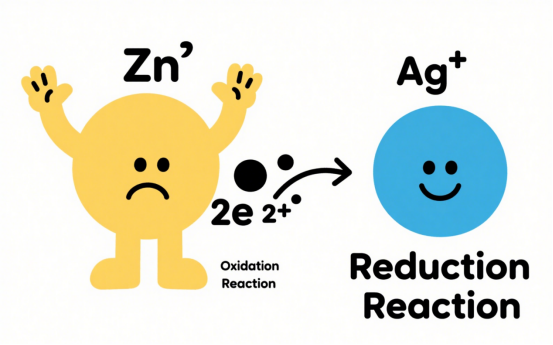It's very normal to see the difference between monitors and refractometers because they show salinity in different ways.
Water is dropped onto the lens during optical measurement to see the refractive index. At this time, the water in the lens is still, and the water temperature is close to the temperature of the lens (or air temperature).
Most people will optically measure the local salinity at a point in time to be used as the average salinity of the aquarium; this method is called a sampling test to provide feedback on the overall salinity. But in fact, the concentration of seawater is not ideally uniform, and the environment of organisms in seawater is also uneven.
As long as there is water flow and temperature changes, the environment they live in is dynamic. Therefore, optical testing cannot directly feed back the average salinity of seawater but only the local salinity at a specific moment.
The electronic measuring equipment, like our monitor, in essence, measures the strength (concentration) of conductive ions around the two electrodes and focuses on feeding back the dynamic changes in the living environment of aquatic organisms.
The meaning and results of the measurement are naturally different.
So after all, we recommend placing the probe in a place where the water flow is small so that the value will not fluctuate violently due to the fluctuation of the water flow.
Also, if you are worried about inaccurate salinity, we suggest you calibrate the EC. Once EC is calibrated, salinity, TDS, and S.G. will all be calibrated. You can also use the EC/salinity calibration solution to test whether the reading of the monitor is accurate, and you can manually adjust the value if needed.


